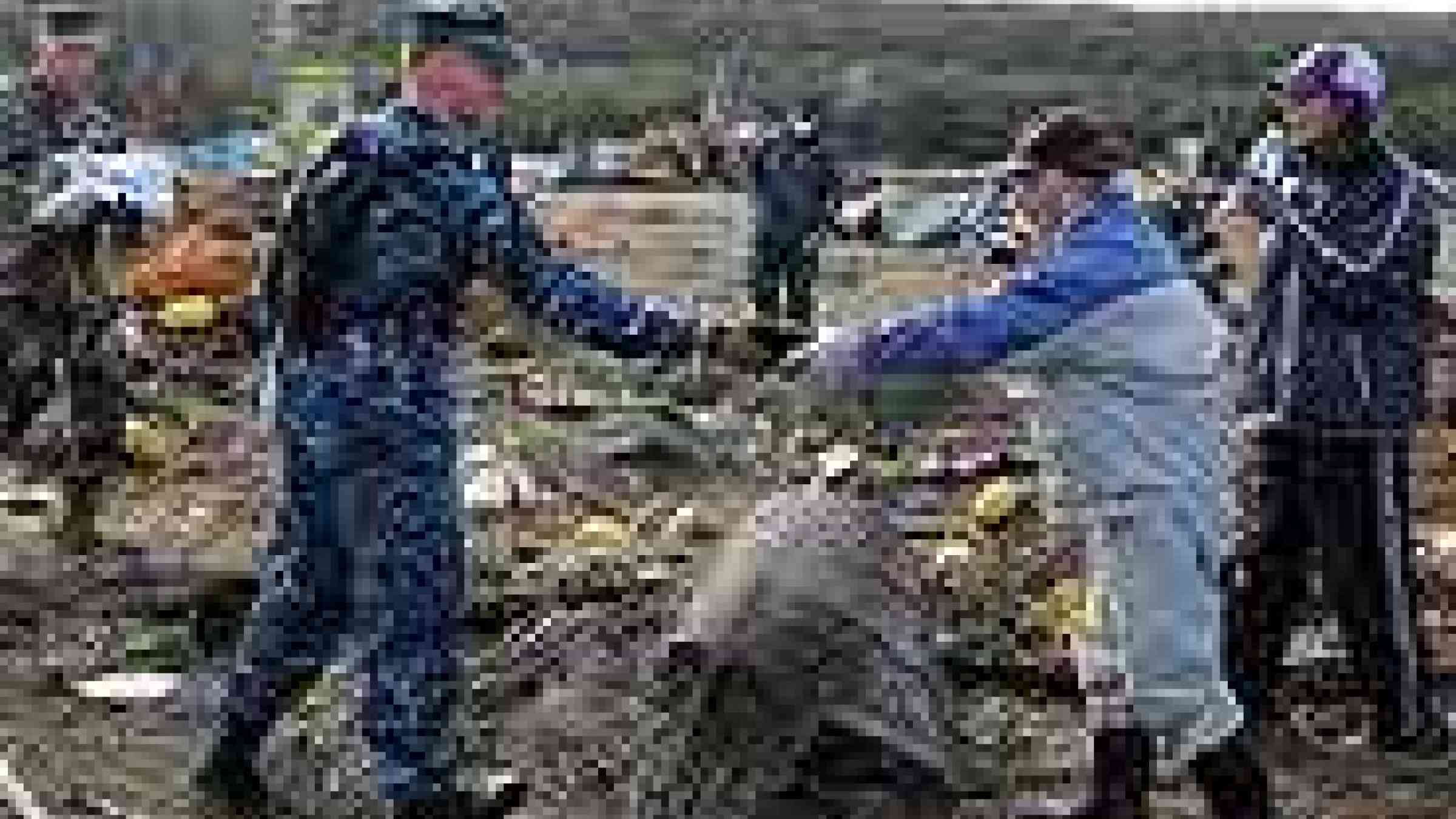Philippines: Revisiting quake contingency in Japan’s wake - IRIN

Manila - The Philippines has ordered all local government units to check the integrity of structures in the wake of initial devastation wrought by a powerful quake in Japan, which triggered a deadly tsunami.
A regional tsunami alert - since called off - was issued on 11 March for countries with coastlines in and around the Pacific Ocean.
Most of the 224,243 residents evacuated in the Philippines on 11 March from 11 coastal provinces have returned to their homes after the government lifted its warning the following day.
President Benigno Aquino has asked officials to check all buildings, bridges, schools and other “vital installations” in public places to make sure they followed strict building codes, said his spokeswoman, Abigail Valte.
"The problem is… that a third of the structures in metro Manila [capital] are informally built - meaning these are the ones built by their owners without getting a proper engineer, an architect or a contractor."
Manila, a megacity of 12 million people, and large parts of its eastern outskirts sit atop or close to at least four faults, including the Valley Fault System (VFS), which is considered one of the country’s most active.
A rupture along the VFS could result in a 7.2 magnitude earthquake, killing up to 33,000 people and injuring more than 100,000 if there was not adequate preparation, according to a study carried out by the government and the Japan International Cooperation Agency from 2002 to 2004.
The government remains on alert for nuclear fallout from Japan, amid reports two nuclear power plants have been declared nuclear emergencies, Valte said.
Japanese state media has reported partial melting at two reactors, as international experts arrive to assess how to control nuclear danger.
"There are so many factors to consider before we can say we should be on alert for a direct hit coming from the [nuclear] fall out. We have to consider our proximity to the place, and it also depends on the wind direction, how powerful will the radiation be if it were to be airborne," Valte added.
Construction on the country’s only nuclear power station was completed in 1984, but was never fired up amid safety concerns. Located 97km north of the capital, experts said it was built too close to potential fault lines near Mt Pinatubo, whose eruption in 1991 was considered among the century’s deadliest.
fv/pt/cb